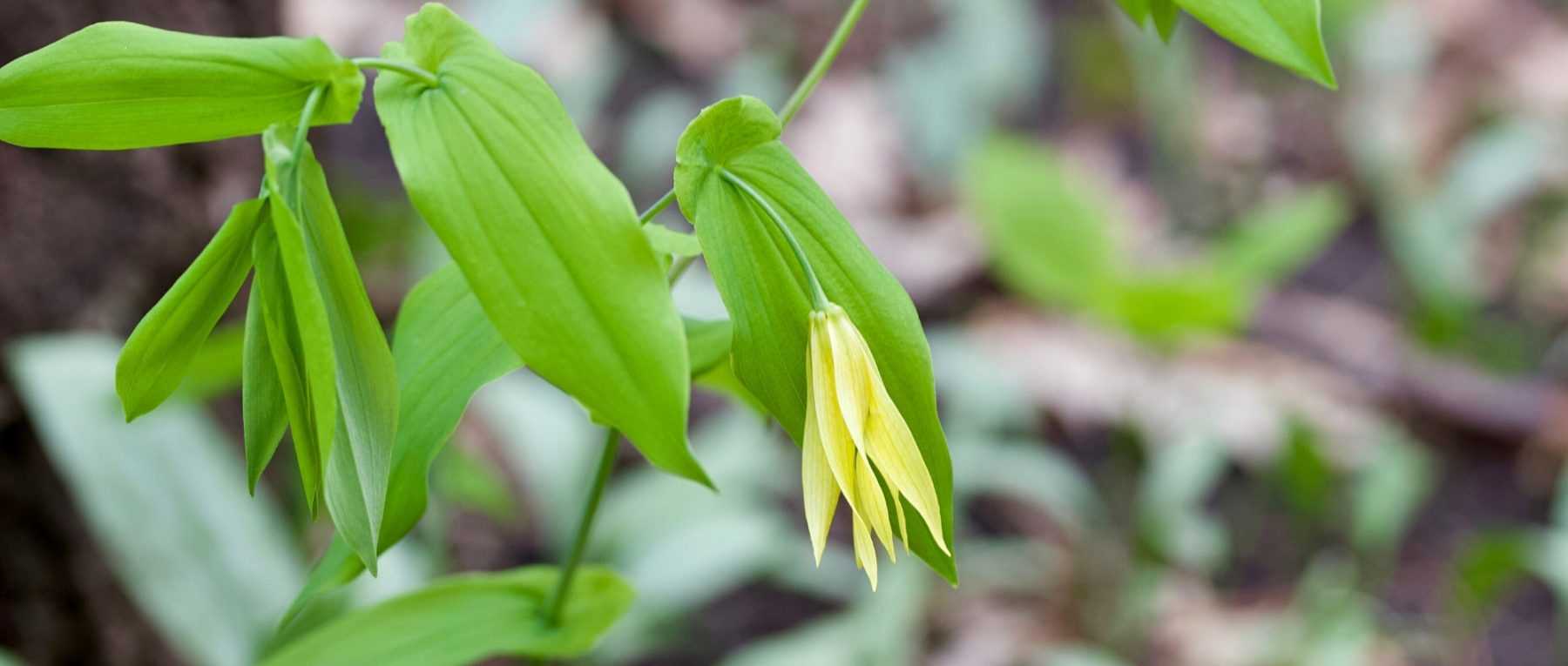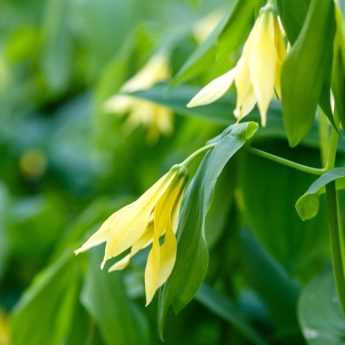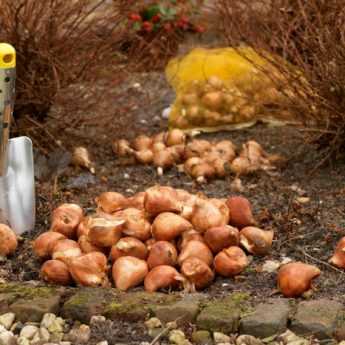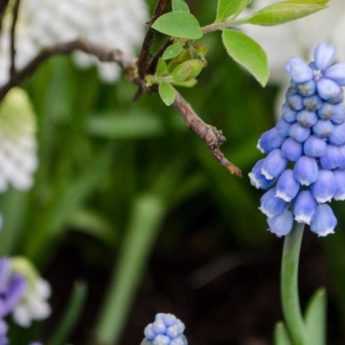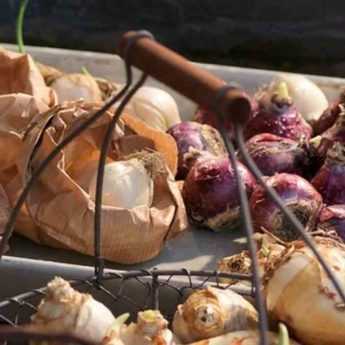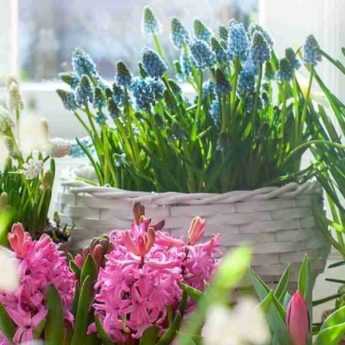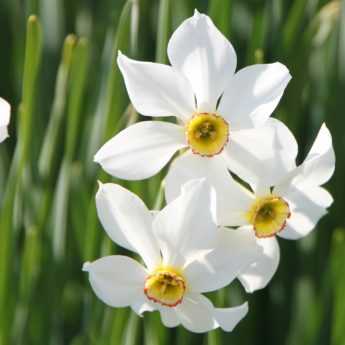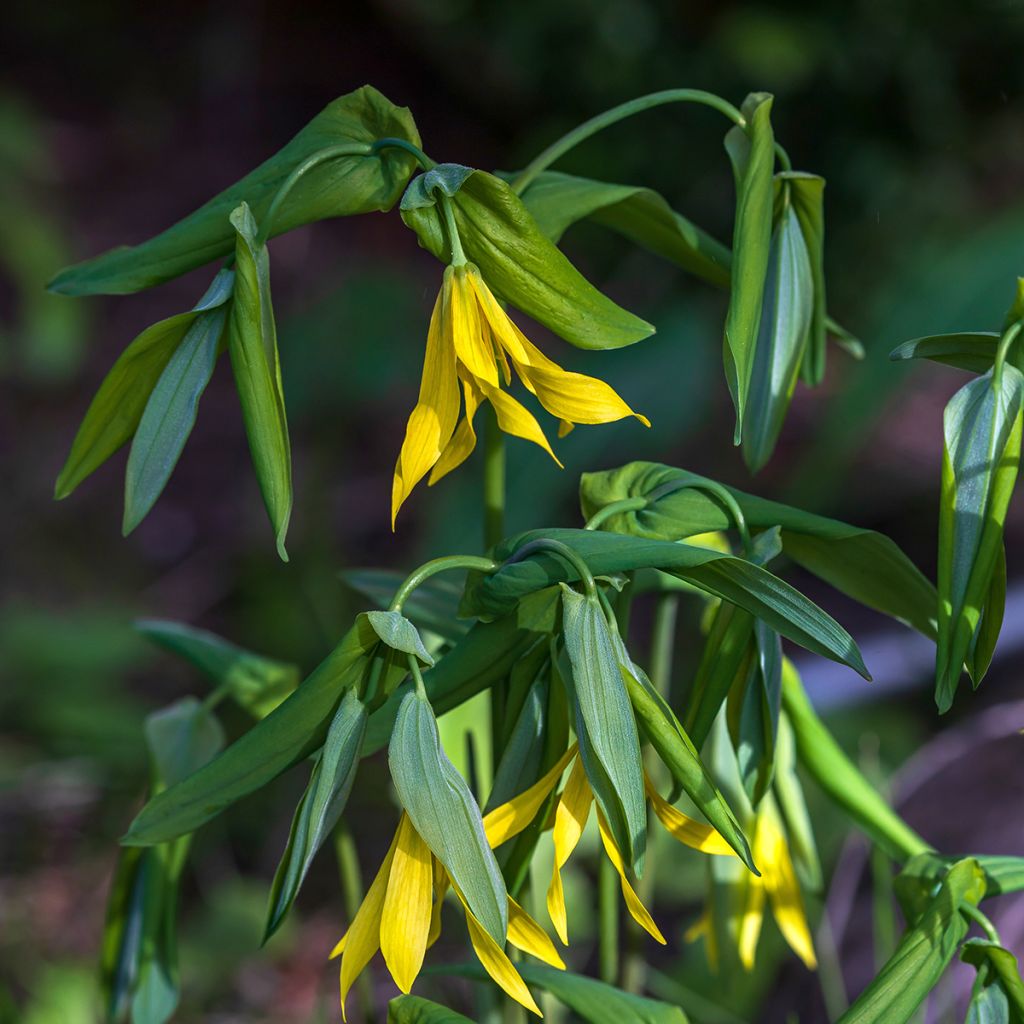

Uvularia grandiflora
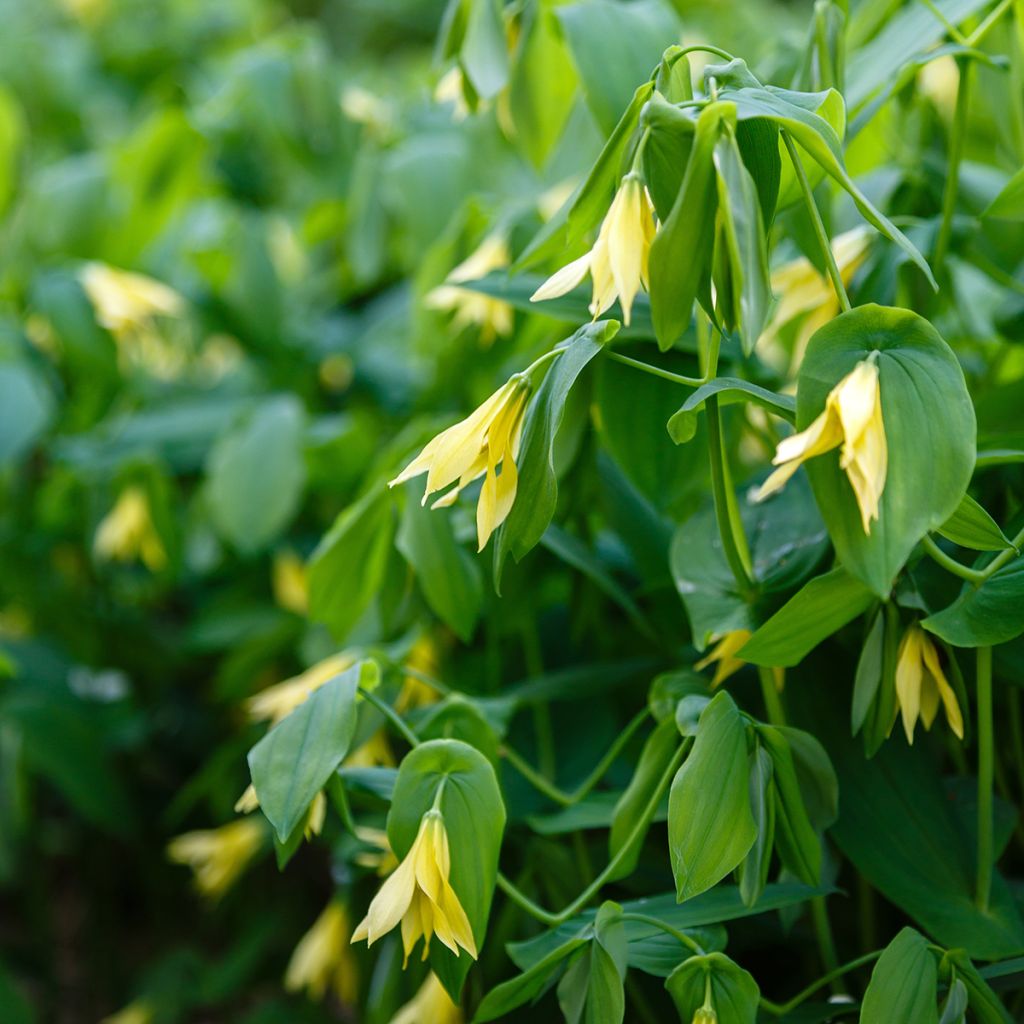

Uvularia grandiflora
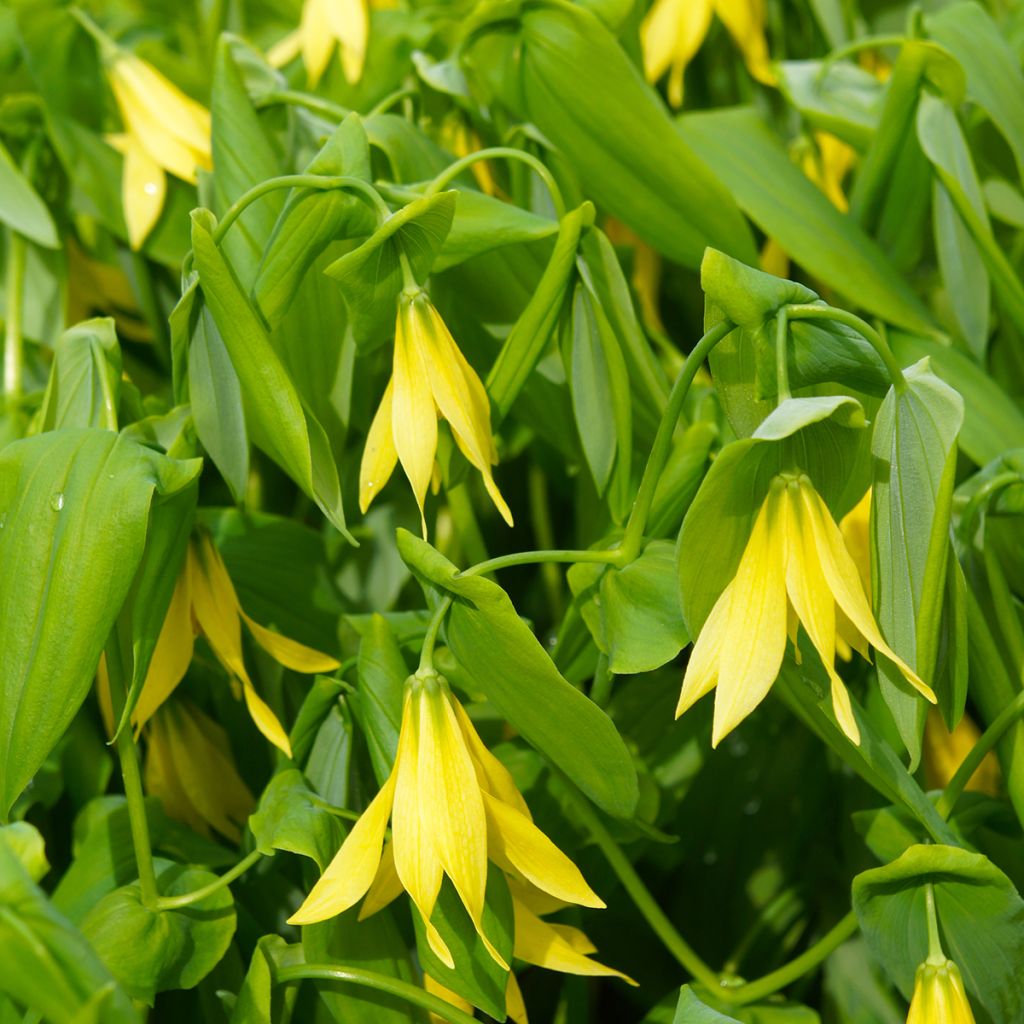

Uvularia grandiflora
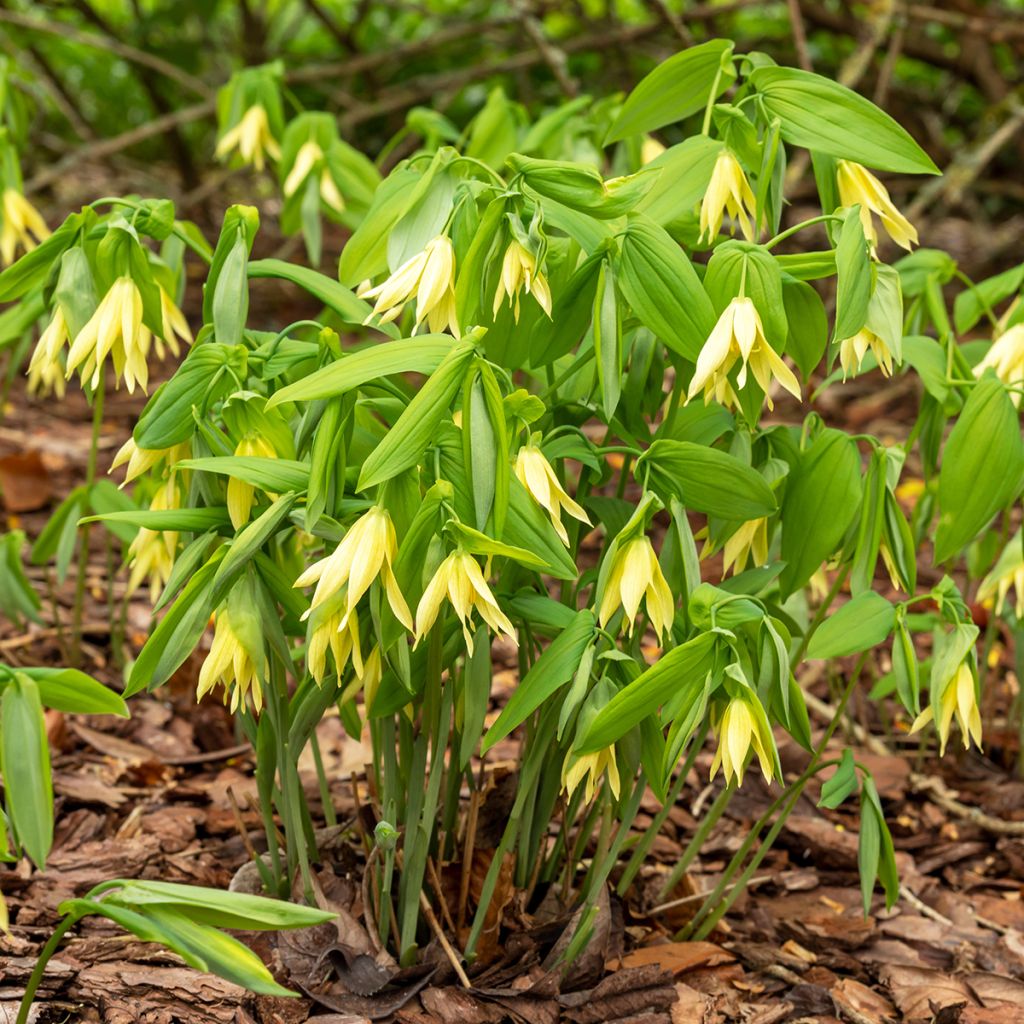

Uvularia grandiflora
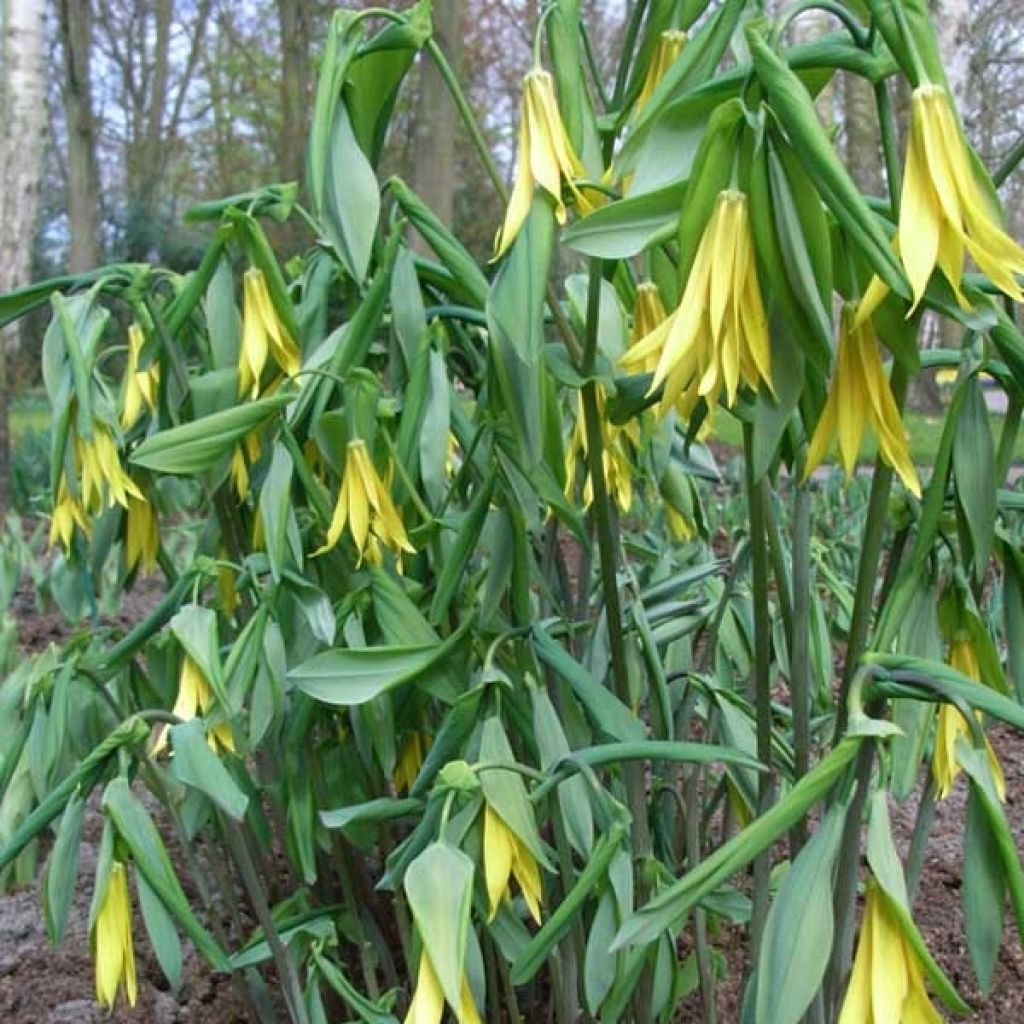

Uvularia grandiflora
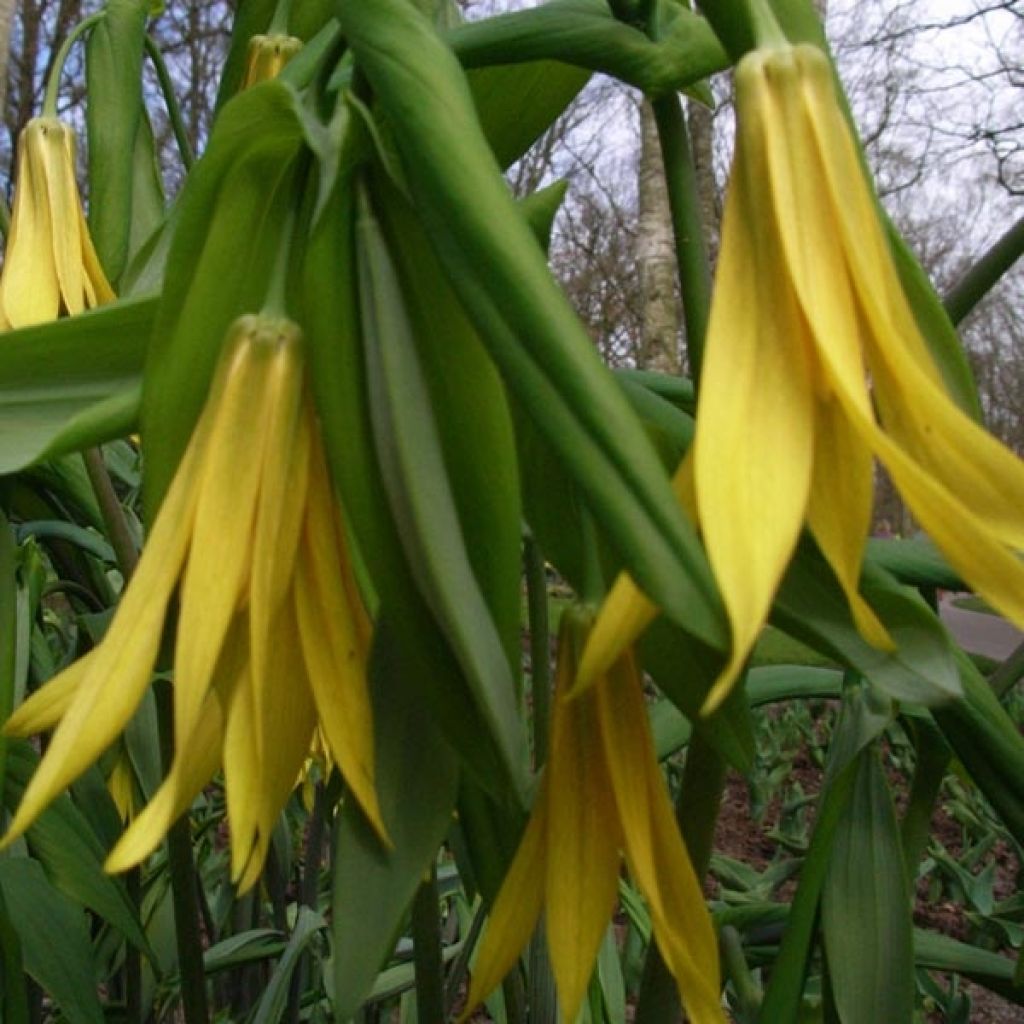

Uvularia grandiflora
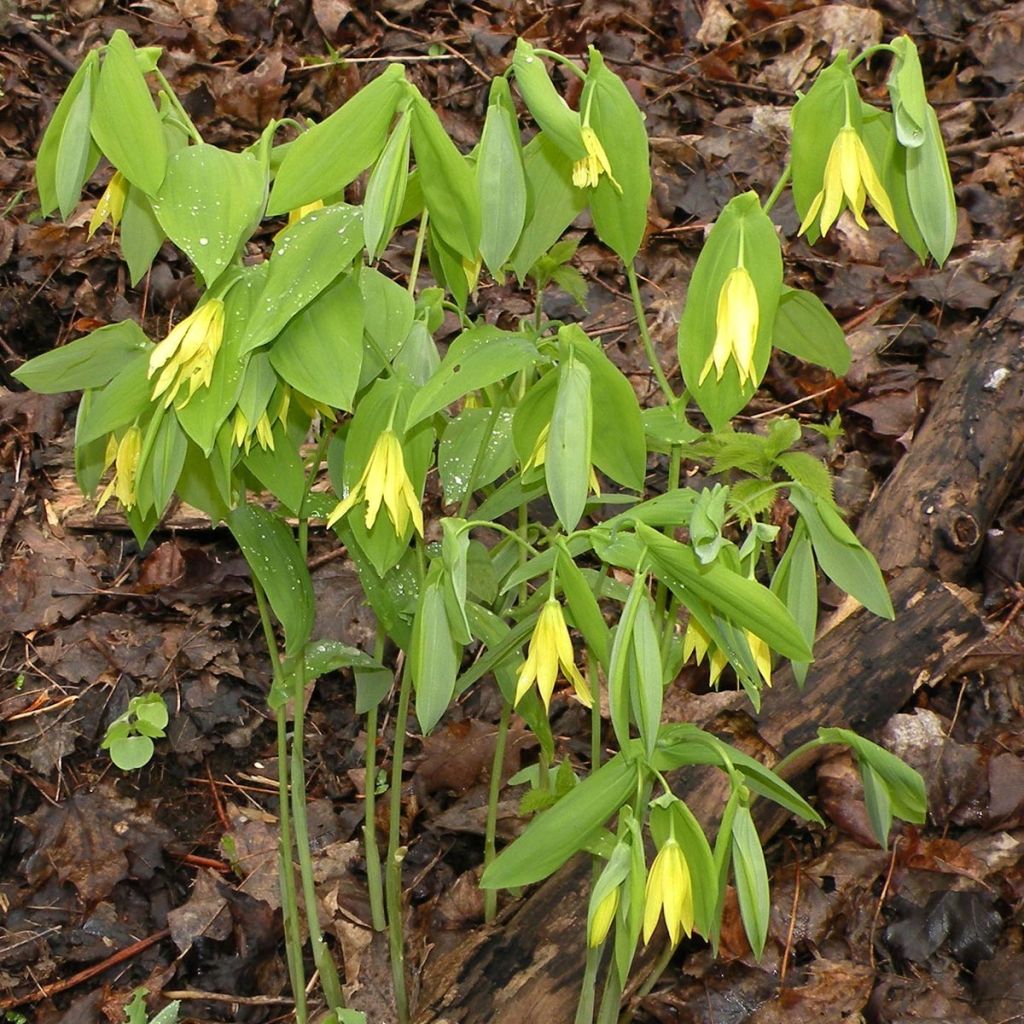

Uvularia grandiflora
Uvularia grandiflora
Uvularia grandiflora
Cloches de fée jaunes, Uvulaire à grandes fleurs
Pousse bien faut attendre le printemps pour voir
Christophe, 18/02/2025
Cet article ne peut pas être expédié dans le pays sélectionné
Port dès 6,90 €
Port dès 6,90 €
Plus d'infos
Port dès 6,90 €
Port dès 6,90 €
Plus d'infos
Pays de livraison:
-
-
-
-
-
-
-
-
-
-
-
-
-
-
-
-
-
-
-
-
-
-
-
-
-
-
-
-
-
-
-
-
Programmez la date de votre livraison,
et choisissez votre date dans le panier
Garantie de reprise de 12 mois sur cette plante
Plus d'infos
Nous garantissons la qualité de nos plantes durant un cycle végétatif complet.
Nous remplaçons à nos frais toute plante n'ayant pas repris dans des conditions climatiques et de plantation normales.
A partir de 7,90 € pour une livraison en relais et 6,90 € pour une livraison à domicile
Livraison express à domicile en 24-48h: 8,90 €.
A partir de 7,90 € pour une livraison en relais et 6,90 € pour une livraison à domicile
Livraison express à domicile en 24-48h: 8,90 €.

Cette plante est-elle adaptée à mon jardin ?
Je crée mon profil Plantfit →
Description
L'Uvularia grandiflora, parfois appelée Uvulaire à grandes fleurs, est une gracieuse plante d'ombre fraîche que l'on peine encore à trouver dans le commerce. Vivace par ses rhizomes, cette espèce nord-américaine fleurit au printemps, en jolies clochettes pendantes de couleur jaune citron, et son feuillage reste décoratif tout l'été. Très résistante au froid, l'Uvularia aime les terres humifères, non calcaires, qui restent fraîches même en été. Elle sera jolie associée à des pavots bleus de l'Himalaya, des Trillium, ou en compagnie de fougères qui apprécient les mêmes ambiances.
L'Uvularia grandiflora est une plante herbacée vivace de la famille des Colchicacées. Elle est originaire d’Amérique du Nord, depuis le Canada jusqu’au sud-est des États-Unis, où on la trouve dans les sous-bois humides. Sa végétation, caduque, surgit du sol au printemps et disparaît en septembre. La plante, de croissance plutôt lente, dépasse rarement 50 cm de hauteur et sa souche, qui peut atteindre 30 cm d'envergure avec le temps, est non traçante et non envahissante. Elle possède de courts rhizomes sur lesquels naissent de nombreuses racines épaisses et verticales qui s’enfoncent profondément dans le sol. La floraison a lieu avant l'apparition complète du feuillage, de mars à mai selon le climat et les années. De la souche émergent plusieurs tiges semblables à des cannes minces qui s'arquent légèrement sous le poids des fleurs. À l'aisselle des premières feuilles apparaissent des fleurs solitaires ou groupées par 2 ou 3. Elles sont pendantes, tubulaires à la base, formées de 6 longs tépales spiralés, longues de 5 à 6 cm et de couleur jaune vif. Après pollinisation par les bourdons et les abeilles se forment des fruits curieux, en forme de bonnet d'évêque. Les graines sont disséminées par les fourmis. Le feuillage, qui évoque celui du sceau de Salomon, se développe pleinement après la floraison. Il est composé de feuilles elliptiques longues de 6 à 13 cm, d'un vert printanier très vif, dessus, duveteuses au revers.
L'Uvularia grandiflora est parfaite sous les arbres et arbustes caducs associée à plantes à floraison printanière dont le feuillage disparaît plus tôt : ses plus beaux compagnons, dans l'humus frais d'un sous-bois ou dans un massif ombragés, seront les Trillium, anémones des bois, fougères assez basses (Blechum spicant, Asplenium scolopendrium), Meconopsis, hostas...Pensez à marquer son emplacement afin de ne pas piétiner la souche lorsque le feuillage aura disparu. Veuillez également à protéger cette plante dont les limaces sont friandes.
Uvularia grandiflora en images...
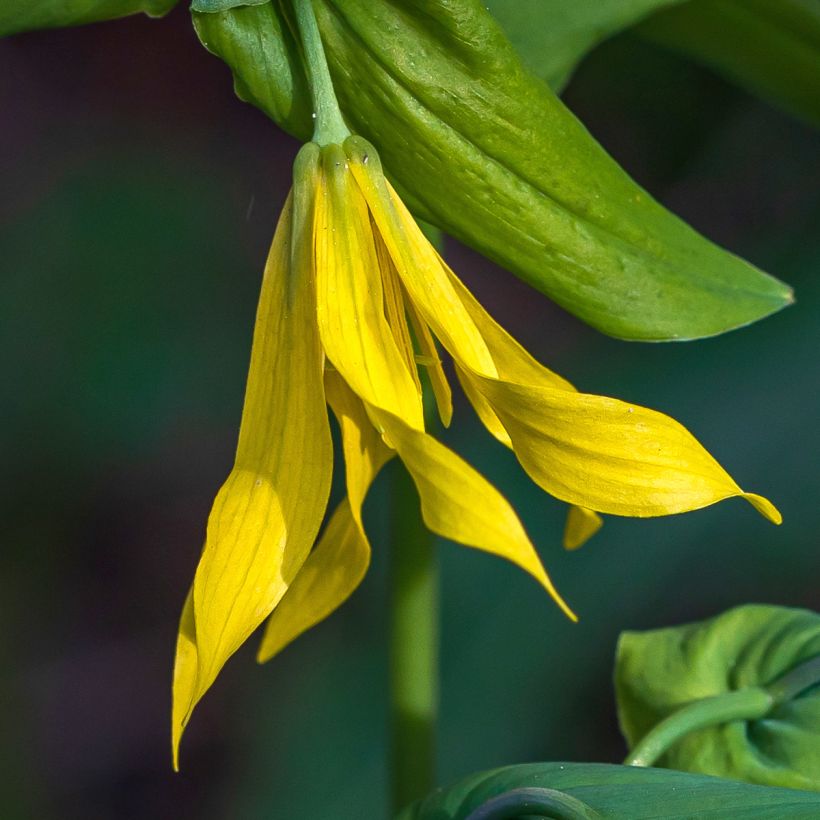

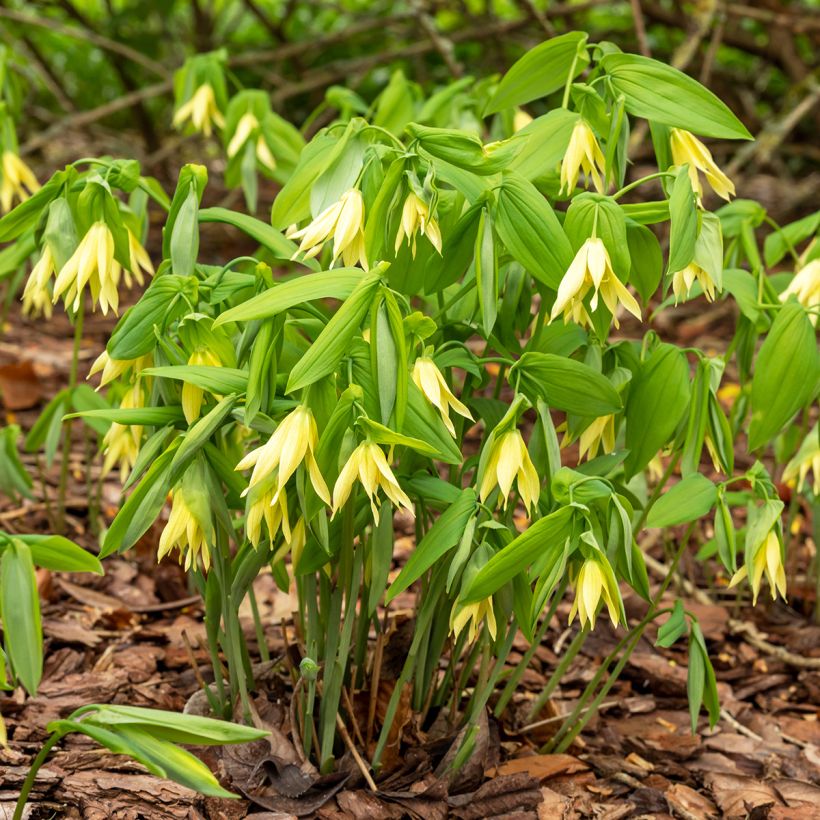

Floraison
Feuillage
Port
Botanique
Uvularia
grandiflora
Liliaceae (Colchicaceae)
Cloches de fée jaunes, Uvulaire à grandes fleurs
Horticole
Plantations et soins
L'Uvularia affectionne les sols frais et très riches de cet humus si particulier des sous-bois d’arbres caducs. Ses racines se gorgent du terreau qui résulte de la décomposition de leurs feuilles. Si elles aiment les sols frais et humides, ces vivaces les craignent lourds et compacts, à tendance argileuse. Il faut impérativement que le sol qui les accueille soit sans calcaire et très poreux, très aéré, toujours bien frais y compris en été. Dans un sol argileux, un apport de terreau de feuilles est indispensable pour assurer la pérennité de cette plante, par ailleurs très résistante au froid. Marquez son emplacement pour ne pas écraser les souches (les bourgeons se forment très top en automne, au ras du sol). Attention à l'appétit des limaces qui sont friandes des bourgeons et des jeunes pousses.
Quand planter ?
Pour quel endroit ?
Soins
Nos conseils plantation et soins
Planter vos bulbes en pot
notre spécialiste
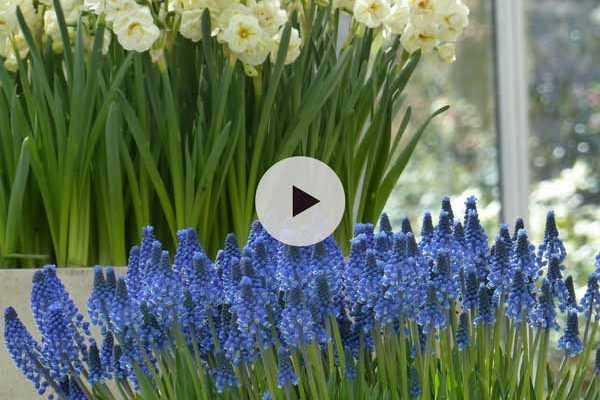
Vous n'avez pas trouvé votre bonheur ?
La rusticité est la température hivernale la plus basse qu'une plante puisse endurer sans subir de dommages sérieux, voire mourir. Cette rusticité est toutefois affectée par l'emplacement (zone abritée, comme un patio), les protections (voile d'hivernage) et le type de terre (la rusticité est améliorée par un sol bien drainé).

Conditions Générales d'Utilisation du Service Photos Client
Dans le but de favoriser l’interaction et le partage d'expériences entre jardiniers, Promesse de fleurs propose différents services permettant le dépôt de contenus sur son Site – via notamment le module « Partage de photos».
L’Utilisateur s’interdit de:
- Publier tout contenu illégal, préjudiciable, injurieux, raciste, incitant à la haine, révisionniste, contraire aux bonnes mœurs, portant atteinte à la vie privée ou portant atteinte aux droits privatifs de tiers, notamment le droit à l’image des personnes et des biens, le droit de propriété intellectuelle ou le droit au respect de la vie privée
- Déposer des contenus pour le compte d’un tiers
- Usurper l’identité d’un tiers et/ou publier toute information personnelle d’un tiers
D'une manière générale, l’Utilisateur s’engage à s’abstenir de tout comportement contraire à l’éthique
L’ensemble des Contenus (notamment textes, commentaires, fichiers, images, photos, vidéos, œuvres, etc… ), éventuellement soumis à des droits de propriété, propriété intellectuelle, droit à l’image ou autre droit privatif restent la propriété de l’Utilisateur, sous réserve des droits limités accordés par la licence définie ci-dessous à Promesse de fleurs. Les Utilisateurs sont libres de publier ou non de tels Contenus sur le Site via notamment le service « Partage de photos » et acceptent que ces Contenus deviennent publics et librement accessibles notamment sur Internet.
Ils reconnaissent, s’engagent et garantissent disposer de l’ensemble des droits et autorisations nécessaires pour une telle publication sur le Site, notamment au titre de la législation en vigueur et des droits au respect de la vie privée, de propriété, de la propriété intellectuelle, à l’image, des contrats ou de toute autre nature. Par une telle publication sur le Site, les Utilisateurs ont conscience d'engager leur responsabilité en tant qu'éditeur du Contenu au sens de la loi, et accordent sur le dit Contenu, pour toute la durée de publication, à Promesse de fleurs, une licence non exclusive, gratuite, mondiale, incluant les droits de reproduction, de représentation, de chargement, d’affichage, d’exécution, de transmission, de stockage.
Les Utilisateurs autorisent également que leur nom puisse être associé au Contenu et acceptent que cette association ne soit pas toujours faite.
Par leur publication, les Utilisateurs autorisent qu'un Contenu puisse devenir automatiquement accessible sur internet, notamment sur d'autres sites et/ou blogs et/ou pages web du site Promesse de fleurs incluant notamment les pages des réseaux sociaux et le catalogue de Promesse de fleurs.
Les utilisateurs peuvent librement obtenir le retait des contenus confiés, en contactant le service client via le formulaire de contact

































